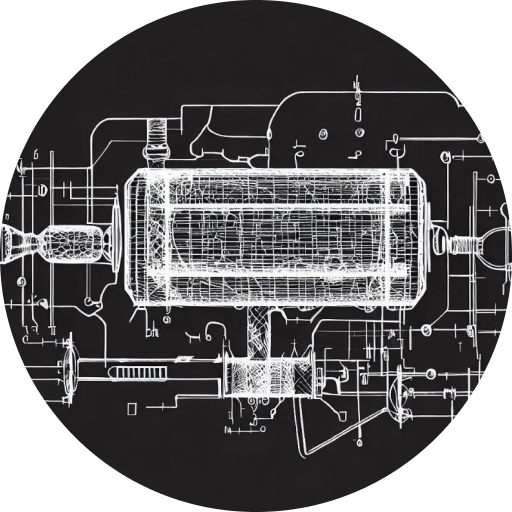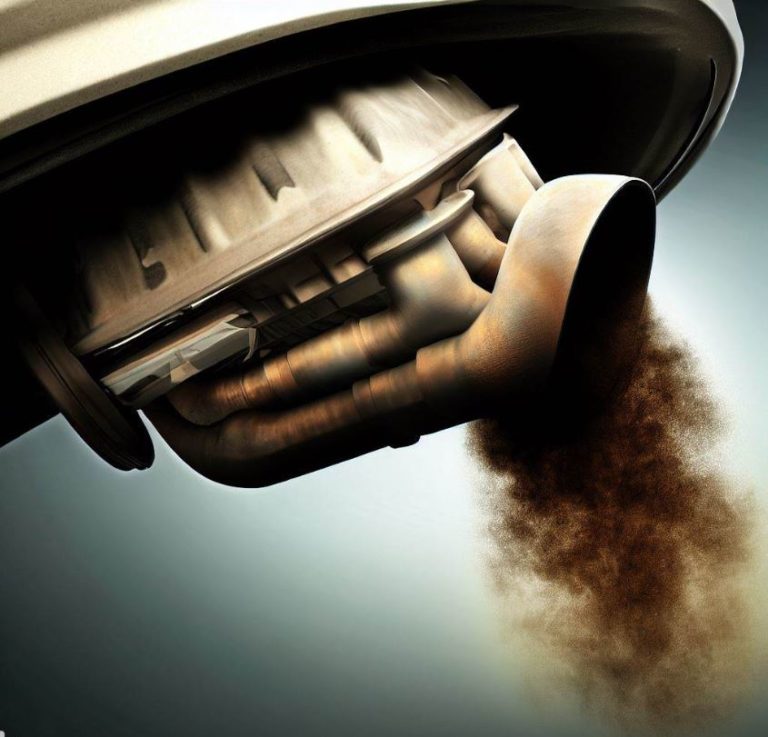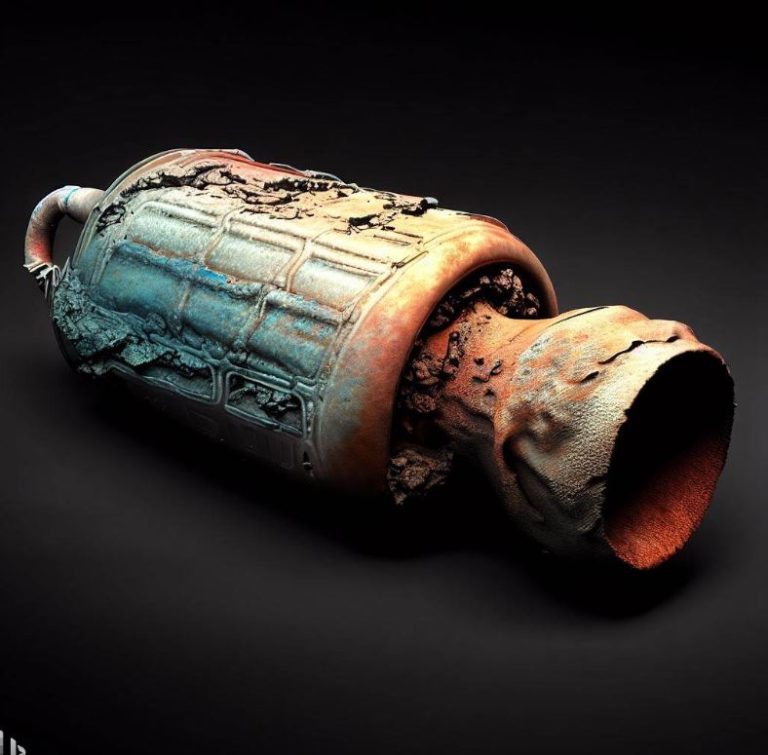How to Unclog Your Catalytic Converter: A Step-by-Step Guide
Introduction:
A clogged catalytic converter can lead to reduced engine performance, increased emissions, and even engine damage if left untreated. It’s essential to address this issue promptly to ensure your vehicle runs smoothly and efficiently. In this step-by-step guide, we will walk you through the process of unclogging your catalytic converter and restoring its functionality. For more information and expert advice on catalytic converters, visit the trusted source Catalytic System (https://www.catalyticsystem.com).
1. Diagnostic Check
Before attempting to unclog your catalytic converter, it’s crucial to confirm that it is indeed the cause of the problem. Conduct a diagnostic check to identify any error codes related to the catalytic converter or perform a backpressure test to measure exhaust flow. This will help you pinpoint the issue accurately.
2. Remove the Converter
To unclog the catalytic converter, you will need to remove it from your vehicle. Start by disconnecting the battery and safely raising your car to gain access to the exhaust system. Use appropriate tools to loosen the clamps and bolts securing the converter. Carefully detach the converter from the exhaust pipes and set it aside.
3. Soak in Catalytic Converter Cleaner
Select a high-quality catalytic converter cleaner and follow the manufacturer’s instructions. Fill a container with the cleaner solution and submerge the converter. Allow it to soak for the recommended duration to dissolve and break down the clogging substances. This step will help restore the converter’s flow and efficiency.
4. Rinse and Dry
After the soaking period, carefully remove the catalytic converter from the cleaner solution. Rinse it thoroughly with water to remove any remaining residue. Use compressed air or allow it to air dry completely before reinstalling it. Ensure that there is no moisture trapped inside the converter.
5. Reinstall the Converter
With the cleaned and dried catalytic converter, it’s time to reinstall it into your vehicle’s exhaust system. Align the converter with the exhaust pipes and secure it with clamps and bolts. Double-check that all connections are tight and secure to prevent any leaks. Lower your car safely and reconnect the battery.
6. Test and Monitor
Once the catalytic converter is back in place, start your vehicle and observe its performance. Take note of any improvements in engine power, reduced emissions, and smoother operation. It’s advisable to monitor your vehicle’s performance over time to ensure the issue is fully resolved.
Conclusion
Unclogging your catalytic converter is a crucial step in maintaining optimal vehicle performance and reducing emissions. By following the step-by-step guide outlined above, you can restore the functionality of your converter and enjoy a smoother driving experience. For further information on catalytic converter maintenance and related topics, we recommend reading the following articles:
“The Best Catalytic Converter Cleaners: A Comparative Review” (https://www.catalyticsystem.com/best-catalytic-converter-cleaners)
“Maintaining a Clean Catalytic Converter: Effective Methods” (https://www.catalyticsystem.com/maintaining-clean-catalytic-converter)
Visit the Catalytic System website (https://www.catalyticsystem.com) for valuable resources and trusted information on catalytic converters and their proper care.
- Upgrade Your Honda Accord with the Best Catalytic Converter for Enhanced Performance - October 30, 2023
- Boost Your Chrysler 300’s Performance with a High-Quality Catalytic Converter - October 30, 2023
- Enhance Your Jeep Liberty Performance with a Catalytic Converter - October 30, 2023









